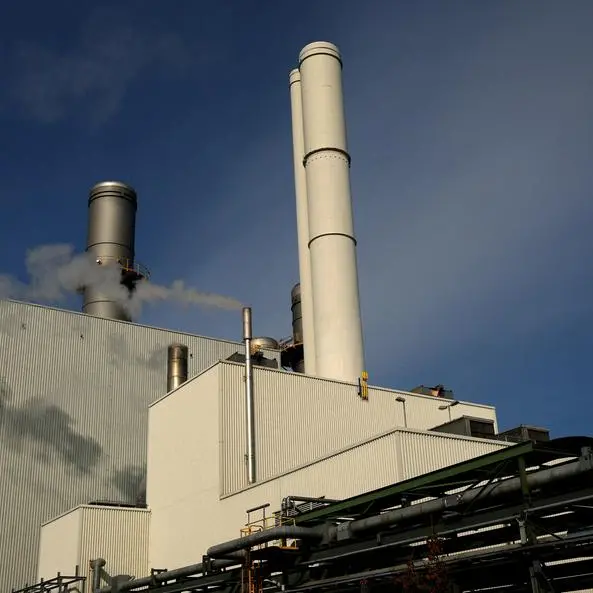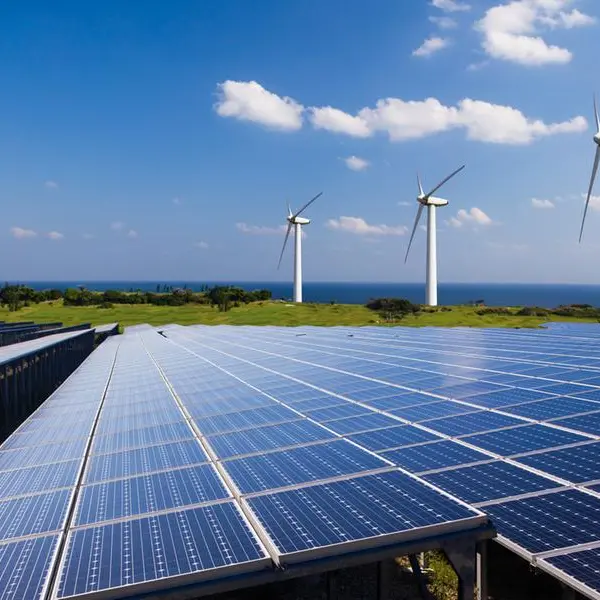PHOTO
(FILES) A statue of a horse overlooks the burned area of the Bridge Fire in Pinon Hills, California, on September 11, 2024. Last month was the second-warmest September ever registered globally in an exceptional year "almost certain" to become the hottest on record, the EU climate monitor Copernicus said on October 8, 2024. (Photo by ETIENNE LAURENT / AFP)
Paris: Last month was the second-warmest September ever registered globally in an exceptional year "almost certain" to become the hottest on record, the EU climate monitor Copernicus said on Tuesday.
September saw extreme rainfall and destructive storms across the world, events that are occurring with greater severity and frequency as temperatures rise due to climate change.
The average global temperature last month was second only to September 2023, said Copernicus, which uses billions of measurements from satellites, ships, aircraft and weather stations to aid its calculations.
Last year was the hottest on record, but 2024 looks set to beat that.
Global warming is not just about rising temperatures, but the knock-on effect of all the extra heat trapped in the atmosphere and seas.
Warmer air can hold more water vapour, and warmer oceans mean greater evaporation, affecting rainfall and resulting in more intense downpours and storms.
In September some parts of the world saw "months' worth of rain falling in just a few days", said Samantha Burgess, deputy director of the Copernicus Climate Change Service.
"The extreme rainfall events of this month, something we are observing more and more often, have been made worse by a warmer atmosphere," Burgess said.
"The risk of extreme rainfall will continue to increase with rising temperatures."
In a month of wild weather, Hurricane Helene pounded the southeast United States, Typhoon Krathon slammed into Taiwan and Storm Boris brought floods and devastation to central Europe.
Typhoons Yagi and Bebinca left a trail of destruction in Asia while deadly floods hit Nepal, Japan and west and central Africa.
Copernicus said wetter than average conditions also hit parts of Africa, Russia, China, Australia and Brazil, while Pakistan was "severely" impacted by the monsoon.
New highs
Copernicus said the months January through September 2024 have already set fresh highs "making it almost certain that 2024 is going to be the warmest year on record".
Fourteen of the last 15 months have been at least 1.5 degrees Celsius above average temperatures experienced in the pre-industrial era, taken as the period between 1850-1900.
This does not signal a breach of the Paris climate deal, which strives to limit global warming to below 2C and preferably 1.5C, because that is measured over decades and not individual years.
But scientists have warned the 1.5C cap is slipping out of reach.
The UN's Intergovernmental Panel on Climate Change has warned that a breach is likely sometime between 2030 and 2035.
Planet-heating greenhouse gas emissions, mainly from the burning of fossil fuels, have risen in recent years, even as scientists say they need to fall by almost half this decade.
Taken together, national policies to cut emissions would lead to as much as 2.9C of warming by 2100, according to the UN Environment Programme.
Much of this excess heat is stored in the oceans, which cover 70 percent of earth's surface, and acts as a major climate regulator.
The pace at which oceans are warming has almost doubled since 2005 because of human-caused climate change, Copernicus said in September.
This has lead to stronger and more frequent marine heatwaves and greater ocean acidity, which above a certain point can make seawater corrosive to certain marine life.
Copernicus records go back to 1940 but other data sources such as ice cores, tree rings and coral skeletons allow scientists to expand their conclusions using evidence from much deeper in the past.
Climate scientists say the period being lived through right now is likely the warmest the earth has seen for the last 100,000 years, back at the start of the last Ice Age.
© Dar Al Sharq Press, Printing and Distribution. All Rights Reserved. Provided by SyndiGate Media Inc. (Syndigate.info).























